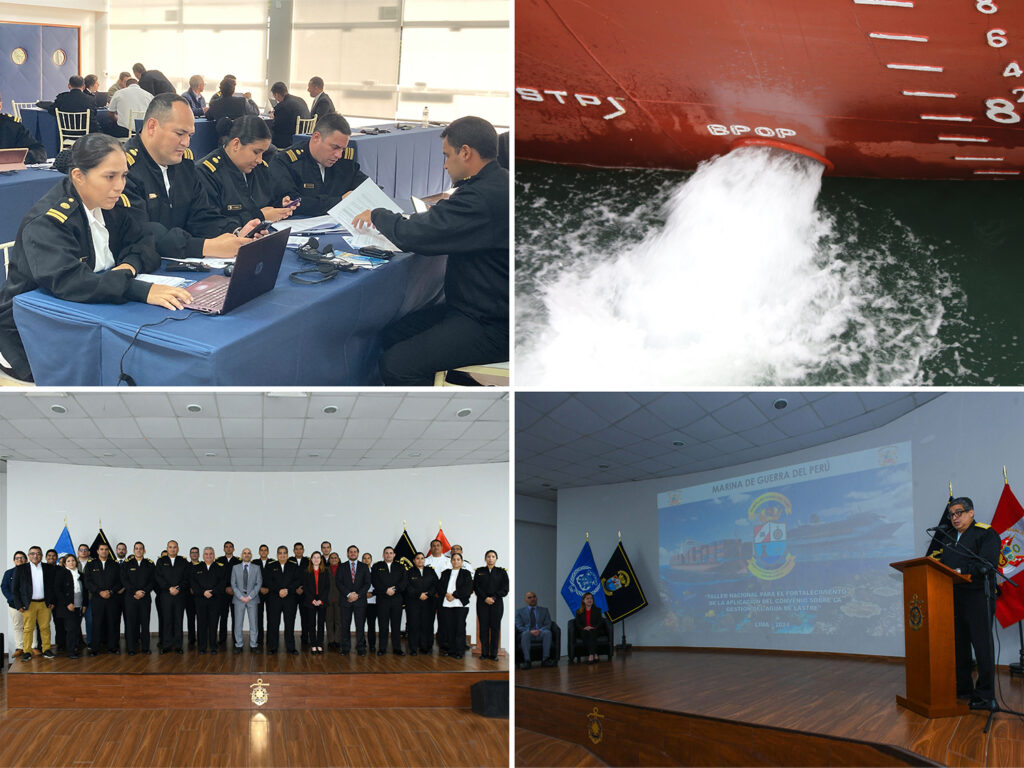The dry bulk freight market is expected to become increasingly fragmented as decarbonisation regulations tighten and capex increases. Shifts in supply trends have been significant, driven by global and regional environmental policies that are altering vessel movements.
Drewry has examined trends across vessels of different age categories, identifying the root causes and potential long-term effects of these regulatory changes.
The varying impact on the utilisation and speed of vessels by age indicates a growing preference for newer ships, a trend that is anticipated to persist with the introduction of further regional regulations in 2025.
Key changes in vessel supply
Drewry’s AIS data identifies a marked shift in speed and utilisation levels between vessels of different age categories due to environmental regulations. While utilisation of younger vessels has historically been higher, on average, the trend has largely been consistent every year for different age categories. A key change in 2024 has been the contrasting trends between older and younger vessels.
Figure 1: Utilisation of Dry Bulk vessels by age category, Jan-Sep 2024
Similarly, a contrasting trend is observed in the speed of vessels of different age categories. While the average ballast speed for all vessel segments has been trending downwards since 2019, the decline was substantial from 2023 after the CII and EEXI regulations came into force as slow steaming is the easiest and most economical way of complying with these regulations.
Speed of Capesize vessels
The speed of Capesize vessels rose marginally in 2024 (Jan-Sept) in response to the heated freight market, even though vessel speeds remain lower than the 2019-22 average. Interestingly, the speed has edged up for vessels younger than 10 years while older vessels have slowed down to a large extent
Figure 2: Dry Bulk vessel speed, Jan-Sep 2024
The surge in preference for younger vessels is corroborated by the higher premiums for younger second-hand vessels than their older counterparts. Drewry’s analysis shows a higher premium for a five-year old eco-engine vessel in 2024 compared to the 20-year-old non-eco engine vessel.
In addition, the differential on the 1-year TC rates of eco and non-eco vessels has widened, with an average difference of $2,000 in 2023-24 compared to $1,500 in 2021-22.

Environmental regulations to drive market changes
The IMO’s emission reduction regulations have been driving the supply of vessels with shipowners and charterers undertaking the following measures to comply, such as:
- Reduction in vessel speed
- Use of Energy Saving Technologies
- Use low-/zero-carbon fuels to reduce emissions
- Onboard carbon capture technologies
Way forward: Renewal of fleet
Shipping companies need to strategise for the decarbonisation trend in the industry. The measures mentioned above are beneficial for a vessel owner to reduce emissions from their vessels, but looking at the bigger picture, shipping companies that have to manage more than one vessel should consider bringing down the average age of their fleet. Newer vessels are equipped with engines that are more efficient and thus consume less fuel to generate the same amount of power.
Freight market segmentation
With the IMO regulations and regional regulations (such as EU ETS) that are in place as well as some that are on the drawing board (such as FuelEU maritime), shipowners will need to take additional measures to comply, thereby impacting supply.
Younger vessels towards Europe (AIS)
Drewry analysed the MRV data of ships that called European ports in 2022 and 2023, and the corresponding AIS data of these vessels.
Shipowners are now sailing younger and more efficient vessels to save costs on carbon-related emissions. Based on AIS tracking of vessel movements, of all the ships that called European ports in 2023, 1,644 have not called at any port in the region in January-July 2024, and none of these vessels are 0-5 years old.
The share of younger vessels
Figure 3: Age profile of vessels calling European ports, Jan-Aug 2024
The share of younger vessels calling European ports has edged up in 2024 after EU ETS came into force. This will raise the freight bill of traders in the region, in line with the premium on eco vessels. When the impact of EU ETS intensifies in 2025 and 2026, the trend of operating more efficient vessels in Europe will expedite.
FuelEU Maritime Regulation
The EU is also introducing the FuelEU Maritime (FEM) Regulation under its Fit-for-55 package from 1 January 2025. FuelEU Maritime aims to increase the uptake of low-/zero-carbon fuels by creating the demand for such fuels.
Source :Drewry
Read more :
Drewry report : World Container Index – this week
Drewry Launches new Intra-Asia Container Index in September







